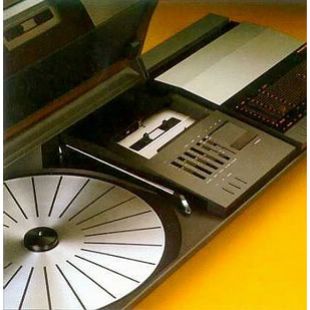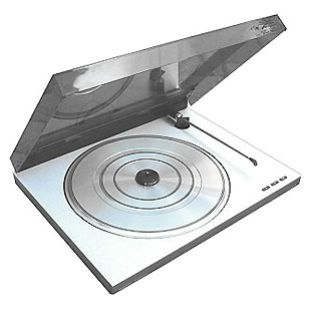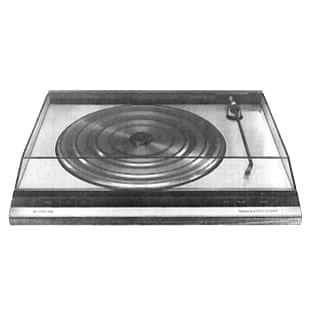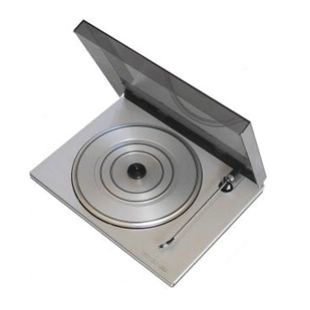BeoCenter 2200

Beocenter 2200 was a distinctive high fidelity system offering 3-waveband radio, record player and cassette facilities in a very compact, slim-line format. Maximum power output was 2 x 25 watts RMS.
The radio section covered long, medium and FM bands. Four favourite FM stations could be pre-set for instant recall. A horizontal thumbwheel on the front of the unit controlled manual tuning: the large graph-grid tuning scale was very easy to see and use.
The record deck featured the (then) latest Bang & Olufsen tone arm carrying the ultra-light MMC 5 pickup. Operation was entirely automatic and needed just a single touch on the PHONO button. Built-in logic circuits identified the size and speed of any record placed on the lightweight turn-table and would cue the pickup arm onto the run-in groove with absolute accuracy and safety.
The cassette recorder had electronic control so you could switch directly between, say, fast rewind and PLAY without danger of straining the mechanism or damaging the tape. Dolby B noise reduction and automatic selection between ferric and chrome tapes was included. Metal tapes could also be used, so you were assured of top class sound quality for those really special recordings.
Listening to tapes was also quick and easy: the NEXT button allowed you to scan the tape track by track until you found the one you wanted to hear.
The recommended speakers for use with this system were the Beovox X25.
Connections: Mono microphone; 2 pairs speakers; headphones; external tape recorder with two-way copying; AM and FM aerials



